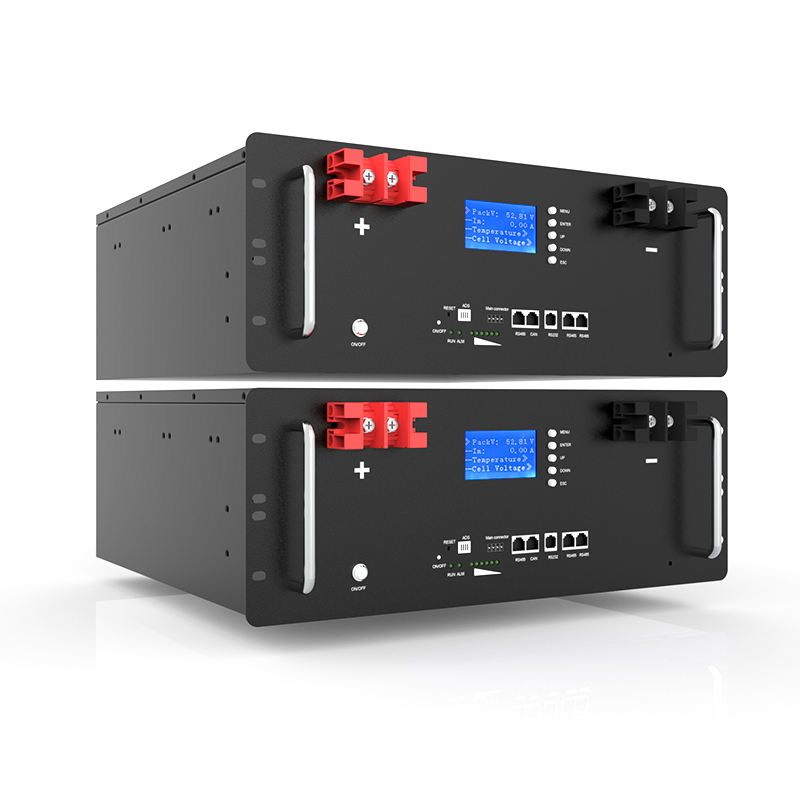Lithium battery usually refers to the battery with lithium metal or lithium alloy as the negative electrode and non-aqueous electrolyte. Lithium ion battery refers to rechargeable secondary battery, the negative electrode does not use lithium metal, and it works by lithium ion moving between the positive and negative electrodes. However, in daily life, people are used to call lithium-ion battery as lithium battery or lithium battery.
Compared with traditional batteries such as lead-acid, nickel chromium and nickel hydrogen, lithium batteries do not produce toxic and harmful heavy metal elements such as lead, mercury and cadmium, and the pollution is relatively light. And its electrolyte is organic solvent and lithium salt, mostly non-toxic or low toxic. Characteristics of lithium ion battery
(1) voltage platform
The working voltage range of lithium-ion batteries is 3.7 ~ 4V due to the different materials of positive and negative electrodes. Among them, the working voltage of the large-scale lithium-iron phosphate battery is 3.2V, which is 3 times of the NiMH battery and 2 times of the lead-acid battery.
(2) specific energy
At present, the energy density of lithium-ion power battery for passenger cars is close to 200wh / kg, which is expected to reach 300wh / kg in 2020.
(3) long battery life
Due to the limitation of electrochemical materials, the cycle times of lithium-ion batteries are relatively long. Taking lithium iron phosphate as an example, the cycle times of single cell can reach more than 2000 times, and only more than 1000 times in groups.
(4) little impact on the environment
Light metal lithium is used in lithium-ion batteries. Although it does not contain harmful heavy metals such as mercury and lead, it is considered as a green battery, which has little environmental pollution.
(5) relatively high cost
The initial purchase cost of lithium-ion battery is high. Take the current mainstream product of power battery for buses, lithium iron phosphate battery, for example. The price is about 2500 yuan / kWh. With the popularity of electric vehicles, it is expected to reduce to less than 1000 yuan / kwh in 2020. Due to the restriction of the number of cycles after the single battery is grouped, the bus usually needs to replace the battery in about 3 years, so there is a great pressure on the operating unit cost.
(6) little impact on Power Grid
First of all, pure electric vehicles are widely used. Due to the large charging demand, the harmonic interference of charging equipment on the power grid will be prominent, which will affect the power supply quality of the power grid. Secondly, in the case of fast charging, due to the high rate of charging, the charging power is high (50KW for passenger cars and 150-250kw for buses), which has a great impact on the load of the power grid.
Related Industry Knowledge
- Lishen LR2170SZ 5.0AH Cell Spec
- Lishen LR2170SD 5AH Cell Spec
- EVE INR21700-40PL 17.5C 70A Discharge Cell Spec
- DMEGC INR18650-30P Cell Spec
- Lishen LR1865SS 3.0AH Cell Spec
- DMEGC 18650 29E Cell Spec
- Lishen 21700SD 5000mAh 2C Cell Spec
- EVPS ITR26700-50E(R6) Product Spec
- CBAK 26700FB4 5AH 2C Cell Spec
- HX 32700 6.7AH Cell Spec







